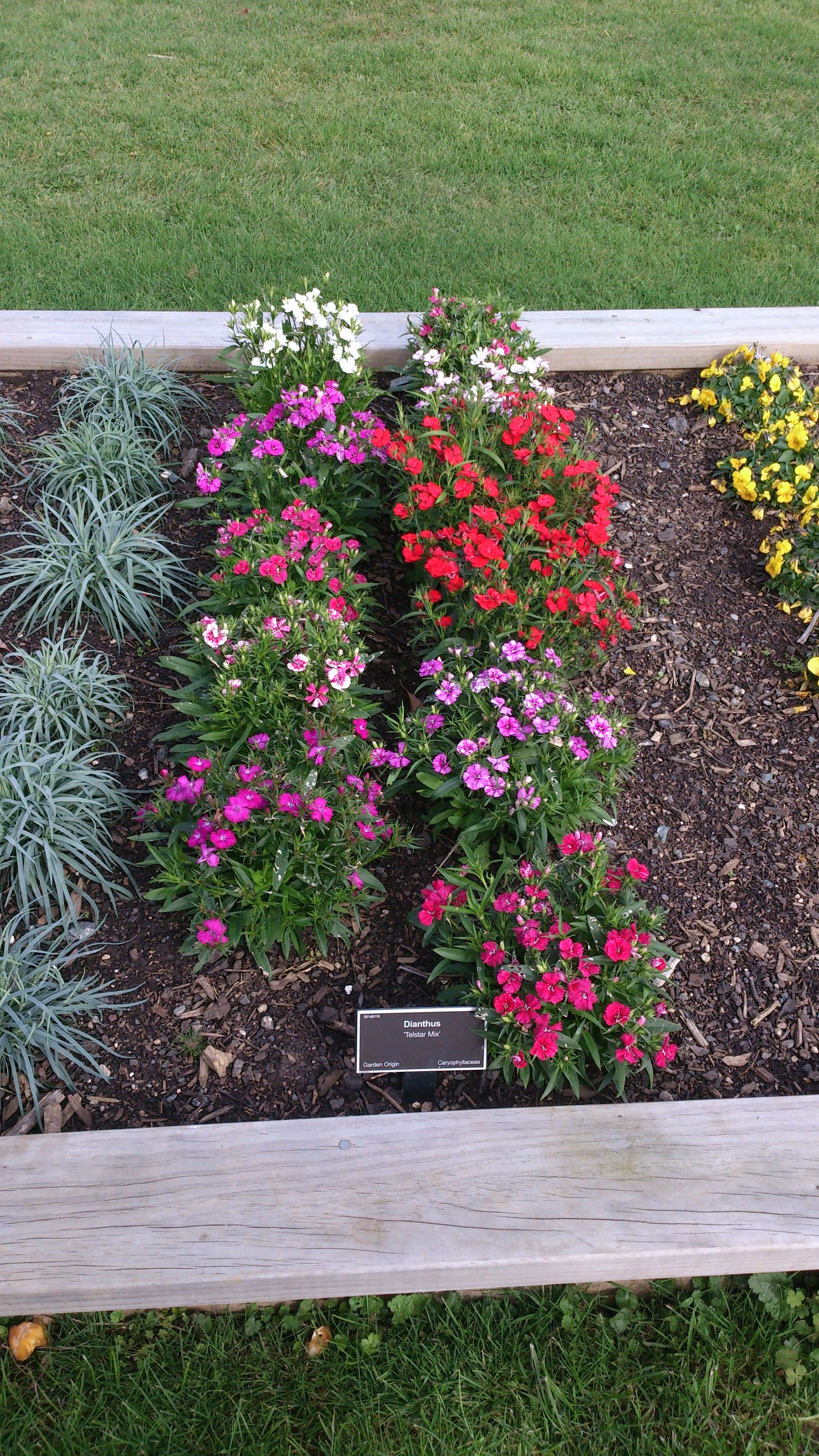Physical characteristics
A low-growing,
Flowers and foliage
Dianthus flowers come in a variety of colours, ranging from single colours, such as
Preferred site
Prefers moderately moist, well-drained soil in
Preparation for planting
Bedding
Maintenance tips
Soil should not be allowed to
Deadhead spent flowers to encourage additional blooms. Bedding
Ecological and biodiversity benefits
Attracts butterflies, bees and other pollinating insects.
Pests and diseases
Not normally bothe




.jpg?width=1200&height=1200&v=1d4024dceb89e50)

.jpg?width=1200&height=1200&v=1d5569224d63650)
 .jpg?width=1200&height=1200&v=1d4024df6ce2770)
.jpg?width=1200&height=1200&v=1d55676a892f2b0)
 .jpg?width=1200&height=1200&v=1d4024e3b65f7f0)